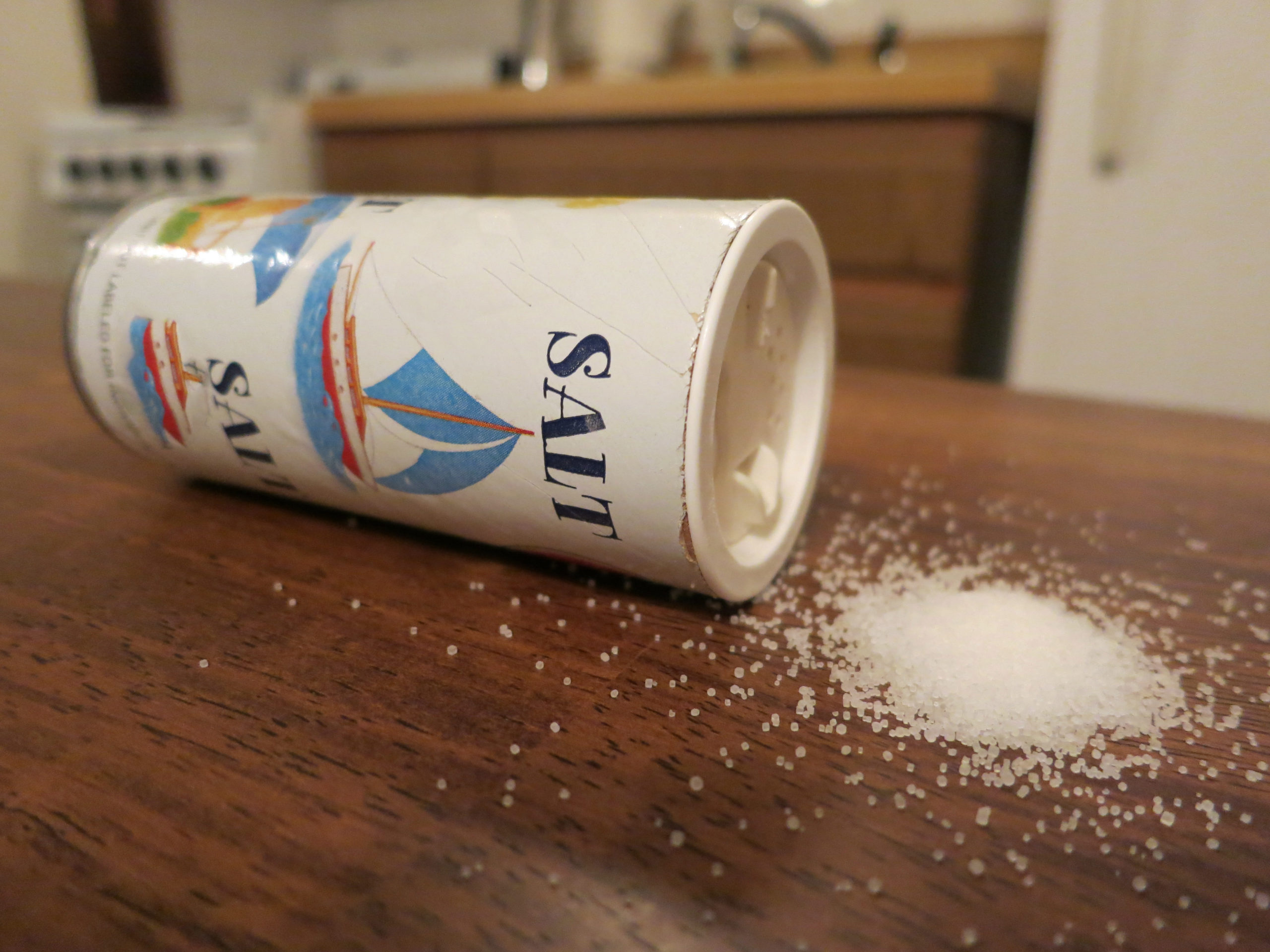By Lisa Barbella and Laura Mihelich
Many staples of the American diet contain high levels of sodium, which can lead to high blood pressure and strokes. The Centers for Disease Control and Prevention released a list of the top 10 sodium-containing foods, some of which may surprise you.
Ninety percent of Americans eat too much sodium and most of it comes from unexpected sources, such as bread, pasta dishes and poultry, the February edition of Vital Signs, an online program by the Centers for Disease Control and Prevention, reported.
More than 40 percent of sodium intake comes from 10 foods: breads, cold cuts, pizza, poultry, soups, sandwiches, cheese, pasta, mixed meat dishes, and snacks, such as chips, pretzels and popcorn, according to the report.
“Sodium can be found in a lot of hidden sources we don’t necessarily think of,” said Holly Herrington, a registered dietician in the Center for Lifestyle Medicine at Northwestern Medical Faculty Foundation.
Salad dressing, ketchup and breads can be large contributors to a high sodium diet, she said.
Sodium intake from these foods tends to build up in the diet because of the amounts people consume them in.
The high sodium diet the majority of Americans eat can lead to high blood pressure, heart disease and stroke.
If Americans ate 1,200 mg less sodium per day on average medical costs could be reduced by as much as $20 billion a year, according to the CDC. The recommended limit is less than 2,300 mg of sodium per day.
Reducing sodium intake can be difficult because so many people associate salt with taste.
“They are afraid that the food isn’t going to taste like the food they want,” Herrington said.
Using fresh herbs, spices and citrus “is a really great way of concentrating flavor without using added salt and foods that contain a lot of sodium,” said natural foods chef Amanda Skrip.
Jim Nelson, 61, from Northville, Mich. decided to reduce the amount of sodium he eats after a visit to the doctor last May revealed he had high blood pressure.
“I had bronchitis but the doctor was more worried about my blood pressure,” said Jim. “He gave me a diet and medication to control it and it conked me on the head in terms of knowing I needed to do something about my diet.”
Jim’s wife Mary Nelson, 60, soon joined her husband on his low-sodium diet. The couple realized that many foods they thought were healthy, such as frozen stir-fry meals, actually contained high levels of sodium.
The couple grows fresh vegetables in their backyard in the summer and uses herbs and spices instead of salt. Jim said reducing salt in his diet took some time to get used to but creative cooking helped.
“You start trying different things and at first they don’t taste good, but all of the sudden you don’t miss the salt,” he said.
Mary said the biggest challenge is eating at restaurants. She suggested requesting no added salt and asking about low-sodium options.
Restaurants are major contributors to the sodium problem because it is hard to tell how much sodium is in foods, the dietician Herrington said.
However, completely cutting out sodium is not a good idea either.
“Salt is actually pretty important in our body,” Herrington said.
Salt is an electrolyte, which help the body conduct electrical signals in an efficient manner.
The best way to balance these two sides of the sodium story is to be aware of how much sodium is in the food you are eating by reading the labels.
Herrington recommended putting down the saltshaker and limiting dining out.
Some restaurants are already trying to limit the amount of sodium used in their food.
“It’s a great first step,” she said.
Native Foods, a Chicago-based vegan restaurant with locations throughout the U.S., limits the sodium content in its food by using fresh ingredients and cooking everything to order.
“Anytime you get into freezing and preserving you are probably going to have a lot more sodium in the food,” said Native Foods co-owner Andrea McGinty.
The Nelsons said their low-sodium diet lowered their blood pressure and made them more conscious of what they eat. Mary suggested taking small steps to reduce the amount of sodium in your diet.
“I’m not saying we completely cut out salt because that is very hard to do,” she said. “But if you cut your sodium by half that’s great.”
Medill School of Journalism – Quarter 2
Medill News Service – Medill Reports
*Additionally published at nwi.com


